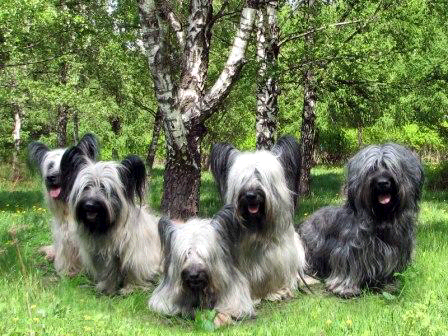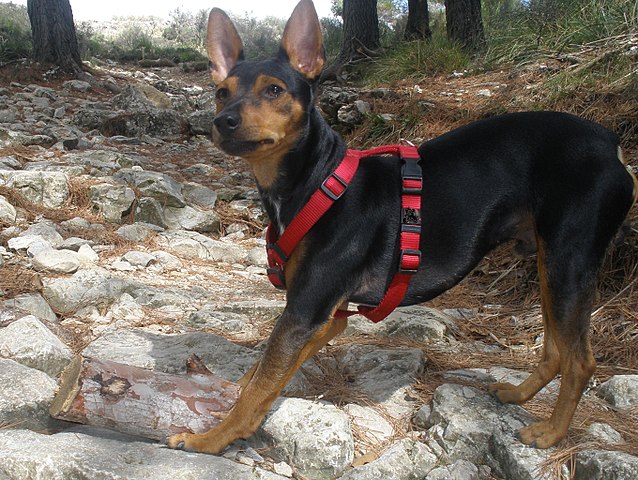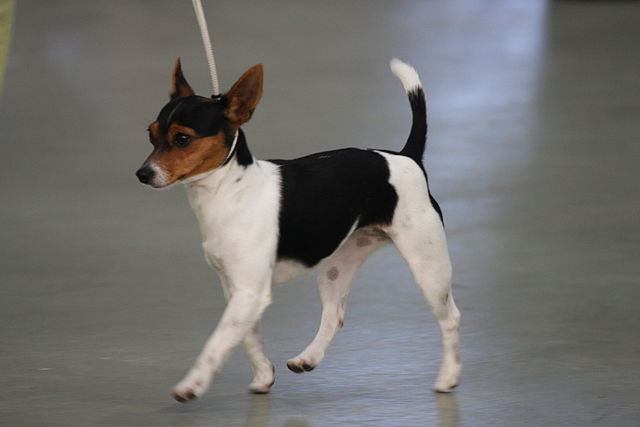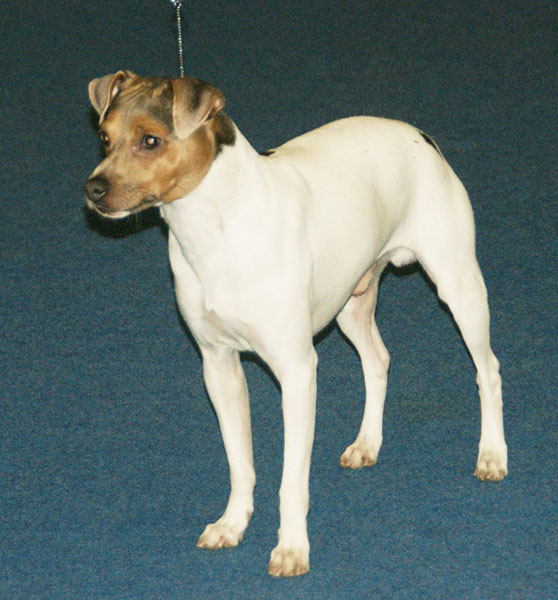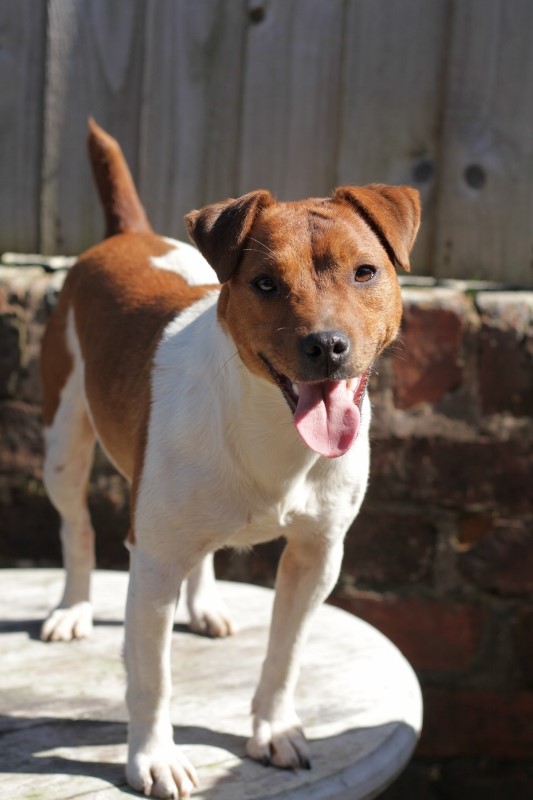The Skye Terrier has an elegant look with his long, flowing coat but is just as tenacious and fearless as other terriers. A true dwarf breed, he should be twice as long as he is tall. This means that while he may be low to the ground (averaging only 10 inches at the withers), he is still a substantial dog with a surprising amount of strength. He was originally bred to go to ground, searching out vermin (rabbits, fox, otters and even badgers) and then dispatching them, so he is surprisingly agile and energetic. The long coat is not just beautiful, but served as a protective covering when hunting.
As might be expected, the coat of the Skye needs to be maintained regularly or else it will mat up. Many owners find that the texture of this thick double coat is more forgiving than other breeds with long hair and are able to care for it with only a once-a-week brushing routine. Depending on what type of environment the dog lives in, the frequency of bathing will vary from between once a week to once a month. The coat requires no special scissoring or shaving, although ears, teeth and nails must be taken care of just like any other dog.
The Skye doesn’t take to obedience as eagerly as some other breeds, and his sensitive although stubborn nature means that a trainer must really know how to read the dog and train accordingly. He is said to have “a mind of his own”, which combined with his dominant tendencies means two things – One, that obedience training is especially important. Two, it may be more of a challenge for a novice owner. He will only work for someone whom he respects. This said, the Skye actually is very intelligent and is quite capable of being trained. Some owners even compete with their dogs in obedience competitions and other dog sports such as agility and tracking! He should never be trained with harsh methods, however, or he will remember this offense for a long time.
Because Skye Terriers become enormously attached to their owners, some may have a hard time transitioning to a new home if acquired at an older age. This is not to say that it cannot or should not be done, only that new owners should be prepared for a longer “breaking-in period” than other breeds. This also has to do with the fact that Skyes take a while to accept new people in general – whether it be a new groomer, dog walker, friend or new owner. It is best (for all new people) to let him come to you rather than to shower him with unwanted affection. Older Skyes that have never been around children may have a difficult time adjusting to a home with kids – while the breed can do well with children, they really need to be raised with them from puppyhood.
When it comes to exercise, the Skye Terrier is fairly adaptable and will usually take as little (or as much) exercise as an owner is able to give. While the Skye does have a lot of energy, he also tends toward laziness when inside the house. This also makes him able to live in an apartment setting if necessary. Ideally he would love a fenced yard to run and play in (these dogs love to play tug games outside), although walks can be given for apartment-dwellers. Owners who plan to show their Skye may need to find ways of keeping the coat from dragging through sticky grass. All owners should be careful not to over-exercise puppies in order to not stress their joints.
With the family, the Skye is gentle, friendly and extremely loyal. Extraordinarily sensitive, he has an almost otherworldly ability to sense his owner’s emotions and bring comfort when he can. Owners of Skyes insist that this breed is the most devoted out of all breeds – often citing the famous story of Greyfriars Bobby, a Skyle who protected his dead owner’s grave for 14 years until the day that he died. With strangers, it may take the Skye a while to warm up and he will be somewhat reserved until he’s decided they are worthy enough. He won’t just blindly accept anybody as a friend – it must be earned! It is highly recommended to socialize Skyes early in order to avoid an uncharacteristic fear of strangers.
Skye Terriers do have high prey drives and may be apt to chase cats and other small pets. Some will also try to chase dogs which are smaller than themselves. Early socialization to all of these things are helpful, as well as providing training and lots of supervision. If their prey drive is not triggered, however, the Skye tends to be one of the calmest breeds in the terrier group.
